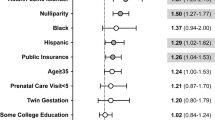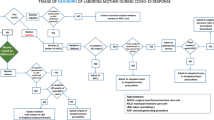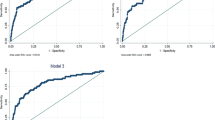Abstract
It is well known that Ignác Semmelweis discovered the etiology and prophylaxis of puerperal sepsis. However, few historians have focused on his understanding of the pathophysiology of fetal and neonatal sepsis. Based on several key observations, Semmelweis realized that puerperal fever (also known as “childbed fever”) could be transmitted to the fetus, especially when the first stage of labor was prolonged and multiple examiners performed vaginal examinations while their fingers were contaminated. This insight was particularly valuable in that it helped him decipher the mystery of puerperal sepsis. This paper presents some of these concepts and supporting evidence.
This is a preview of subscription content, access via your institution
Access options
Subscribe to this journal
Receive 12 print issues and online access
$259.00 per year
only $21.58 per issue
Buy this article
- Purchase on Springer Link
- Instant access to full article PDF
Prices may be subject to local taxes which are calculated during checkout
Similar content being viewed by others
Author information
Authors and Affiliations
Rights and permissions
About this article
Cite this article
Raju, T. Ignác Semmelweis and the Etiology of Fetal and Neonatal Sepsis. J Perinatol 19, 307–310 (1999). https://doi.org/10.1038/sj.jp.7200155
Published:
Issue Date:
DOI: https://doi.org/10.1038/sj.jp.7200155
This article is cited by
-
Nosokomiale Infektionen in Kinderkliniken
Monatsschrift Kinderheilkunde (2013)



